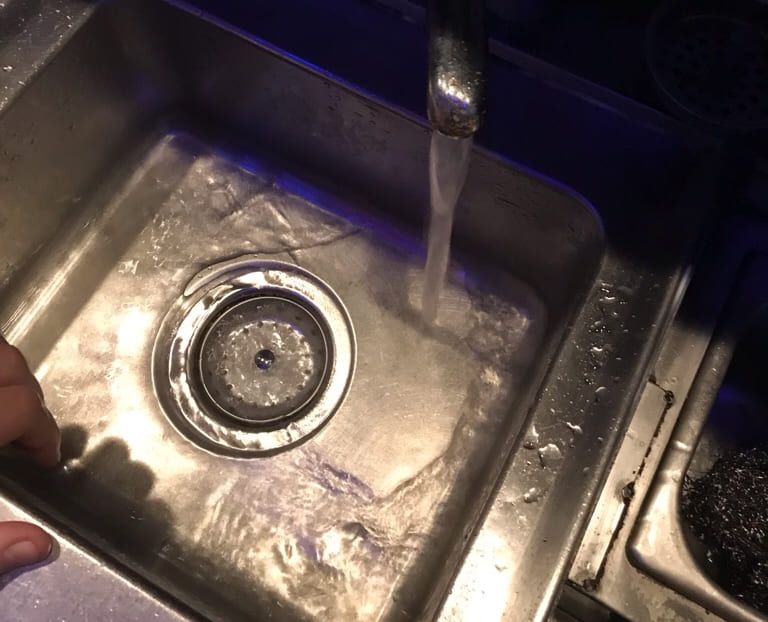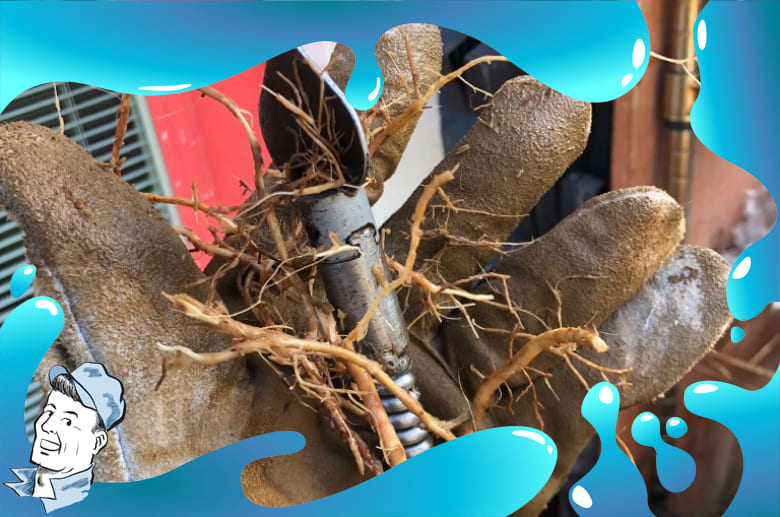Facing a clogged drain can bring a household in Seattle to a standstill. Whether it’s a stubborn sink in the kitchen or a slow-draining shower in the bathroom, the inconvenience and potential for damage make knowing how to unclog a drain essential. Often perceived as daunting, this process can be simplified with the right approach and tools. This guide offers a comprehensive yet easy-to-follow method to address this common issue, ensuring residents can tackle the problem with confidence and efficiency.
This article delves into the necessary preparations of tools and supplies, providing a step-by-step guide to unclog a drain, whether through drain cleaning or utilizing an unclog drain home remedy. For situations requiring a professional touch, it highlights when to call in the experts from Craftsman Plumbing, a trusted service provider in the Seattle area committed to delivering high-quality and transparent plumbing solutions. Furthermore, it outlines preventive measures to keep drains clear, helping to avoid future blockages. With a focus on practicality and preventive care, this guide aims to empower homeowners in Seattle with the knowledge to maintain clear and functional drains.
Preparing Your Tools and Supplies
Having the right tools and supplies is crucial to tackle a drain clog effectively. Here’s a guide to prepare you before you start the unclogging process.
Identifying Necessary Items
- Basic Tools: For minor clogs, begin with simple items like a plunger and a plastic drain cleaning tool.
- Chemical Solutions: Keep baking soda, vinegar, and salt ready. When used together, these natural ingredients can help dissolve buildup.
- Boiling Water: Often, a pot of boiling water will help flush and clear minor blockages, especially in kitchen sinks.
Optional Tools for Stubborn Clogs
For more persistent or more profound clogs, consider the following:
- drain snake: A manual or motorized drain snake can reach deeper into pipes to break apart clogs.
- Wet/Dry Vacuum: If available, a damp/dry vacuum can be powerful in sucking out difficult blockages.
- Hydro Jet: For the most challenging clogs, a hydro jet uses high-pressure water to blast away blockages and buildup, ensuring a thorough clean.
By preparing these tools and supplies, individuals can effectively address various types of drain clogs, ensuring a smoother DIY plumbing experience.
Step-by-Step Guide to Unclog A Drain
Initial Inspection and Cleaning
Start by removing any visible debris, such as hair or food particles, from the drain cover. If there’s a strainer or stopper, remove it to check for obstructions. This initial cleaning ensures that the subsequent methods are more effective.
Applying the Drain Unclogging Methods
Mix one cup of baking soda with one cup of vinegar and pour it down the drain for minor clogs. Follow with hot water to flush out the loosened debris. A plunger can create pressure and dislodge the blockage if the clog persists. Ensure the plunger covers the drain entirely and use a vigorous up-and-down motion.
Using Alternative Methods for Tough Clogs
A drain snake or a notched zip tie can be effective for more stubborn clogs. Insert the tool into the drain and maneuver it to catch and break up the clog. If these methods fail, consider using a wet/dry vacuum to suck out the blockage or a hydro jet for high-pressure cleaning. If all DIY methods fail, it may be time to contact Craftsman Plumbing for professional assistance.
When to Call a Professional
Identifying signs that require professional help:
- Persistent Slow Drainage: If multiple drains in your home are draining slowly despite attempts to clear them, this could indicate a deeper blockage that requires professional tools.
- Unpleasant Odors: Persistent bad smells from your drains can indicate decaying waste or a serious sewer gas leak, necessitating expert intervention.
- Recurring Clogs: Frequent clogs in the exact location suggest a more significant issue that DIY methods cannot resolve.
- Gurgling Sounds: Noises from your drains or toilets often indicate trapped air due to blockages, which professional equipment can effectively address.
Benefits of professional drain cleaning:
- Expertise and Efficiency: Professionals use advanced tools, such as hydro-jetting and sewer cameras, to diagnose and resolve issues quickly and effectively.
- Safety and Health: Professional drain cleaners know how to handle the equipment safely, reducing your exposure to health hazards.
- Long-term Solutions: Professionals can prevent future issues by addressing the root cause of drainage problems, saving you time and money.
- Peace of Mind: Many professional services, such as Craftsman Plumbing, offer guarantees on their work, ensuring the problem is resolved to your satisfaction.
Preventive Measures to Keep Your Drains Clear
Regular Cleaning Routines
Establish regular cleaning habits to maintain clear drains. Remove debris from bathroom sink and tub drain stoppers weekly. Treat your drains with a bacterial drain cleaner, a non-corrosive and biodegradable option that won’t damage pipes. A weekly flush with boiling water for kitchens can dissolve accumulated fats and oils, preventing clogs.
Items to Avoid Pouring Down the Drain
Prevent drain blockages by carefully monitoring what goes down them. Never dispose of grease, coffee grounds, eggshells, or fibrous foods like potato skins and banana peels in your drains or garbage disposal. These substances can solidify or accumulate, leading to severe clogs. Instead, use a drain strainer to catch food particles and dispose of oils and grease in the trash after cooling.

Unclog a Drain Closing Thoughts
Navigating the challenges of a clogged drain in Seattle, this guide has aimed to equip homeowners with the knowledge and tools necessary for immediate solutions and preventative measures. From the pragmatic use of everyday household items for minor clogs to recognizing when a situation requires the expertise of Craftsman Plumbing, readers now have a comprehensive roadmap to address and avert plumbing hindrances. The emphasis has been on empowering residents through practical advice and the importance of timely professional intervention to prevent minor issues from escalating.
Reflecting on the insights provided, the importance of routine maintenance and carefully considering what goes down our drains must be addressed. By integrating these practices into our daily lives, we can enhance the longevity and efficiency of our plumbing systems and contribute to the broader environmental effort of reducing unnecessary waste and water consumption. Whether through DIY measures or the skilled handiwork of Craftsman Plumbing, the goal remains clear: ensuring our homes remain comfortable, functional, and free from the angst of plumbing predicaments.
FAQs
Successfully Unclog A Drain:
Q: How do you clear a blocked drain using household items?
A: To unclog your drain using baking soda and vinegar, follow these steps:
- Begin by pouring a pot of boiling water down the drain.
- Add a cup of baking soda, followed by a mixture of 1 cup of water and 1 cup of vinegar.
- Seal the drain with a plug and wait for 5 to 10 minutes.
- Finish by pouring another pot of boiling water down the drain.
Q: Can I create a drain cleaner at home?
A: Yes, you can easily make a homemade drain cleaner. Pour 1/2 cup of baking soda and 1/2 cup of vinegar down the drain. Seal the drain and leave it for an hour, then flush it with boiling water.
Q: Is it possible to unclog a drain without professional help?
A: Absolutely. There are several DIY methods to unclog a drain without using a snake. First, flush the drain with hot water for 5 to 10 minutes. If the clog persists, mix equal parts vinegar and baking soda and pour the solution down the drain.
Q: How long should I leave a mixture of vinegar and baking soda in the drain?
A: After pouring 1/2 cup of baking soda and then 1/2 cup of vinegar down the drain, cover it immediately with a cloth or a drain plug. Allow the mixture to work for 30 minutes to an hour before removing the cover.

